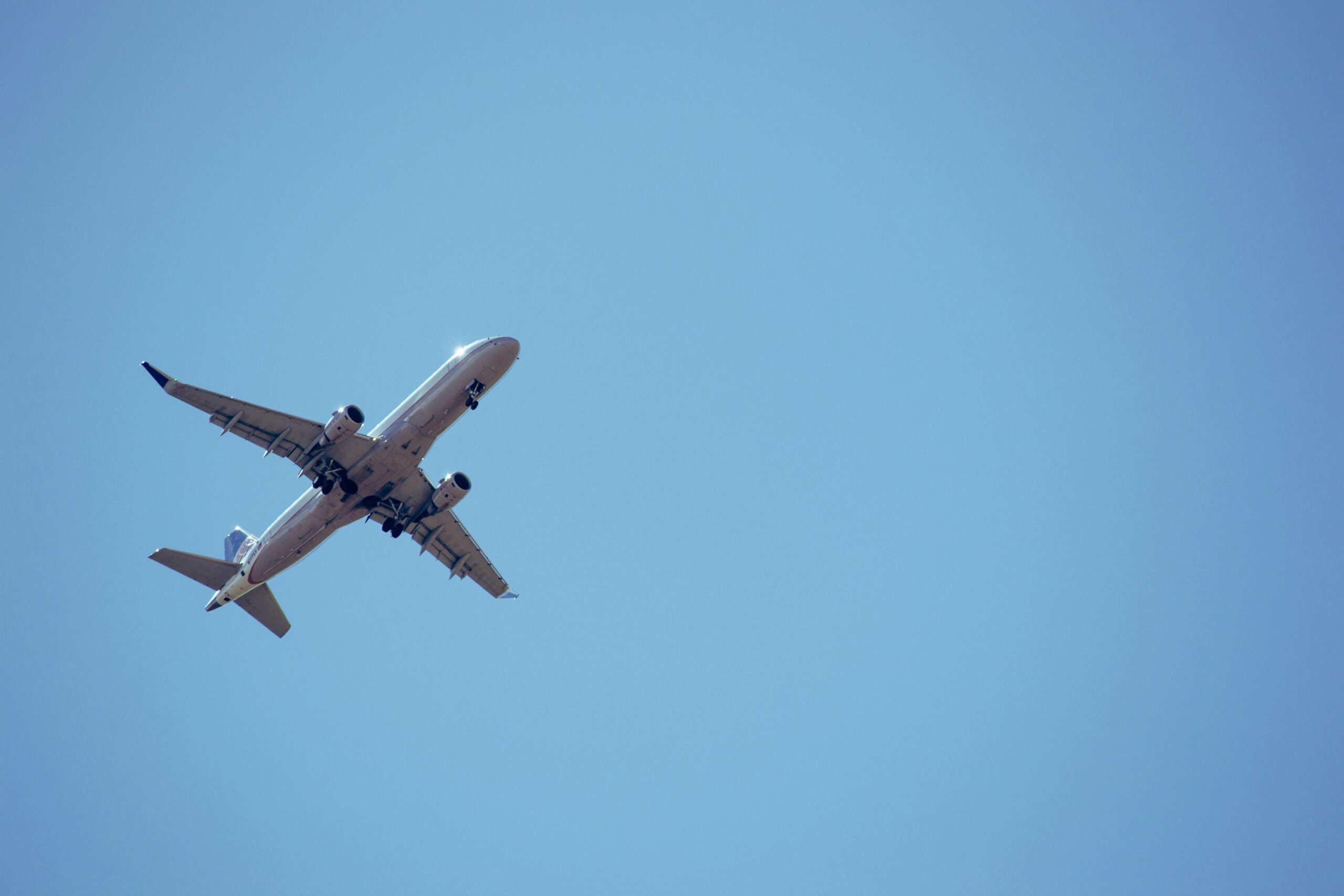Long haul flights have become increasingly common in today’s globalized world, with travelers frequently embarking on journeys that span continents and time zones. But what exactly is considered a long haul flight? In this article, we will delve into the definition of long haul flights, their typical duration, and the challenges and benefits they present to travelers.
Definition of Long Haul Flights
A long haul flight is generally defined as a journey that covers a significant distance, typically over 6 hours in duration. These flights often traverse international boundaries and require passengers to endure extended periods of time in the air. Long haul flights are distinguished from short haul flights, which cover shorter distances and typically last under 3 hours.
Typical Duration of Long Haul Flights
Long haul flights can vary widely in duration, depending on the specific route and distance covered. However, most long haul flights last between 6 to 12 hours, with some ultra-long haul flights lasting up to 17 hours or more. These extended periods of time spent in the confined space of an airplane cabin can present challenges to passengers, including fatigue, jet lag, and discomfort.
Challenges of Long Haul Flights
One of the primary challenges of long haul flights is the physical toll they can take on passengers. Sitting in a cramped seat for hours on end can lead to stiffness, muscle aches, and even circulation issues. Additionally, the dry air and low humidity in airplane cabins can cause dehydration and skin dryness. Jet lag is another common challenge, as travelers crossing multiple time zones may struggle to adjust to new sleep patterns.
Benefits of Long Haul Flights
Despite the challenges they pose, long haul flights also offer numerous benefits to travelers. For one, they provide a convenient and efficient means of reaching far-flung destinations around the world. Long haul flights also offer opportunities for relaxation, entertainment, and indulging in in-flight amenities such as meals, beverages, and entertainment options. Additionally, long haul flights can be a chance to disconnect from the distractions of everyday life and engage in activities such as reading, watching movies, or catching up on sleep.
Tips for Surviving Long Haul Flights
To make the most of your long haul flight experience, consider the following tips:
- Stay hydrated by drinking plenty of water and avoiding excessive alcohol and caffeine consumption.
- Move around the cabin regularly to stretch your muscles and improve circulation.
- Pack essential items in your carry-on bag, such as a neck pillow, eye mask, earplugs, and snacks.
- Adjust your sleep schedule in advance if crossing multiple time zones to minimize jet lag.
- Dress comfortably in loose-fitting clothing and layers to accommodate fluctuating cabin temperatures.
In conclusion, long haul flights are a common and essential aspect of modern travel, providing a means of reaching distant destinations quickly and conveniently. While they can present challenges such as fatigue and jet lag, long haul flights also offer opportunities for relaxation, enjoyment, and exploration. By following the tips outlined above, travelers can make the most of their long haul flight experience and arrive at their destination feeling refreshed and ready for adventure.
Remember to always check with your airline for the latest guidelines and restrictions before embarking on a long haul flight. Safe travels!

